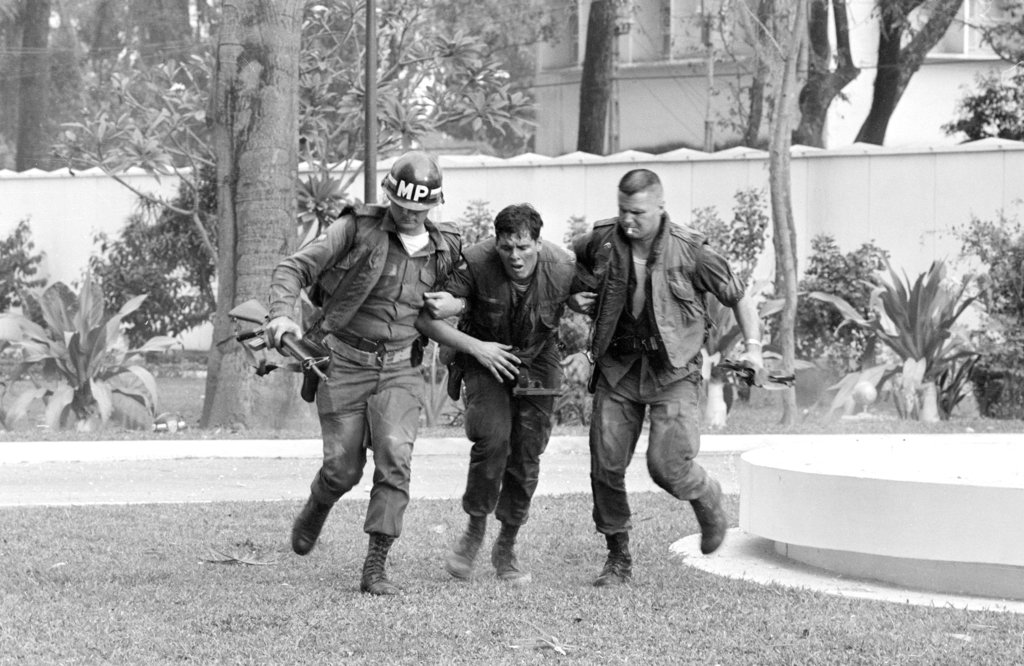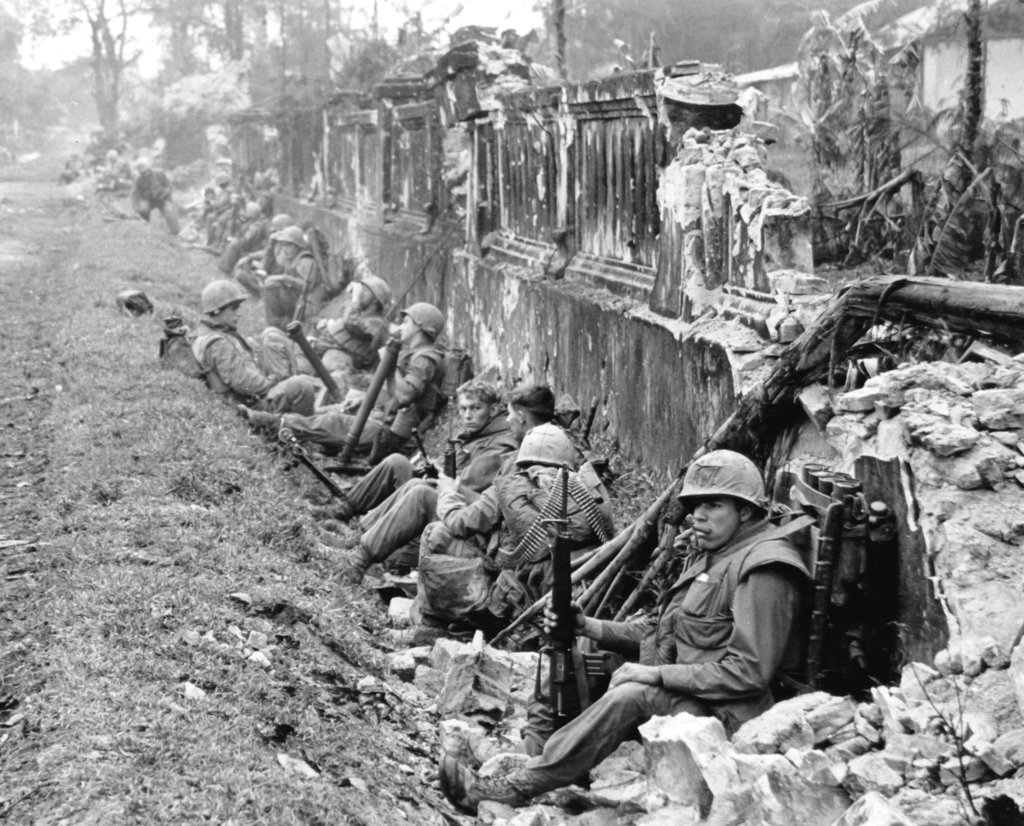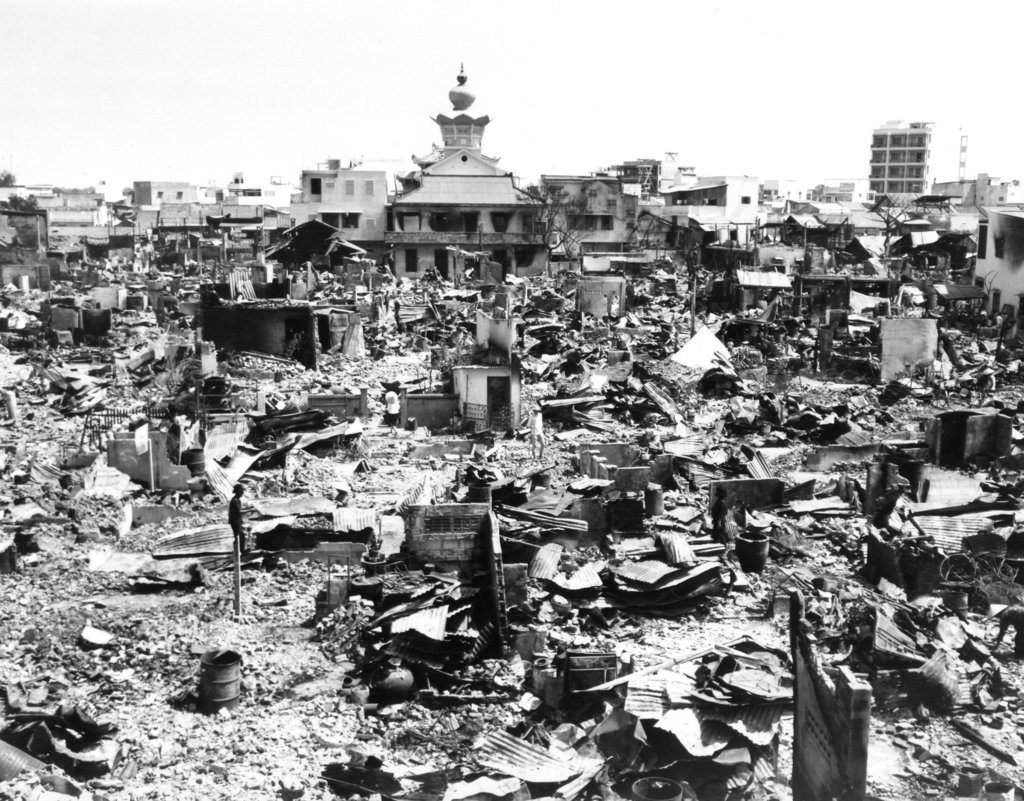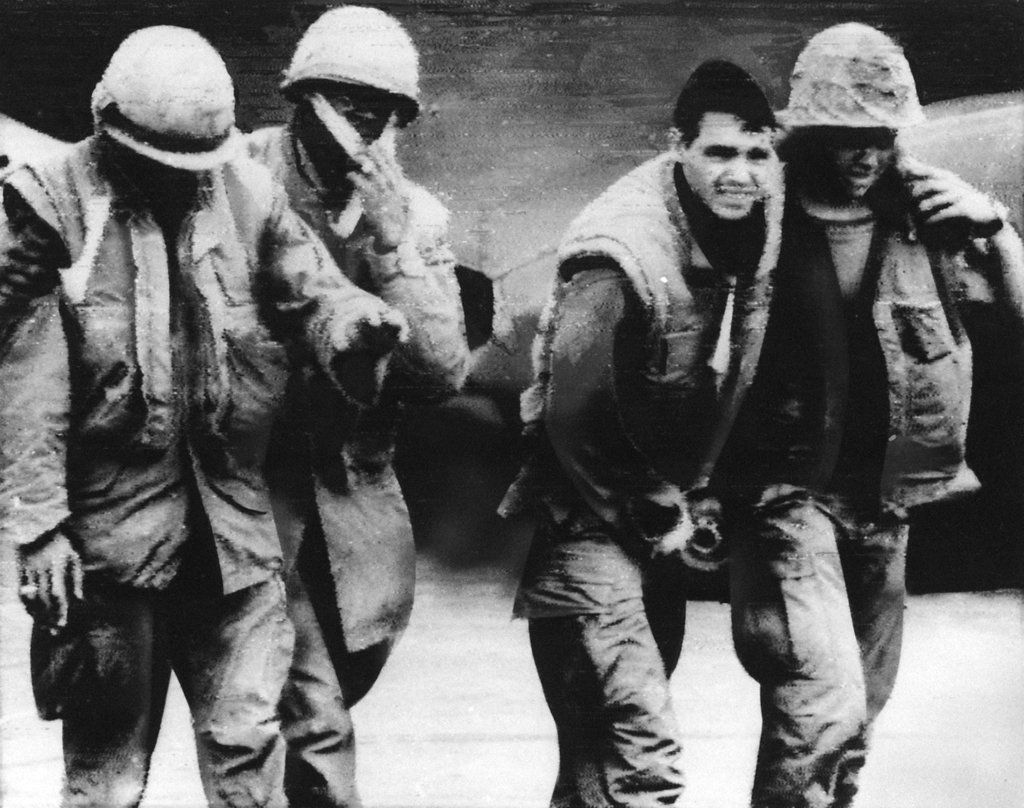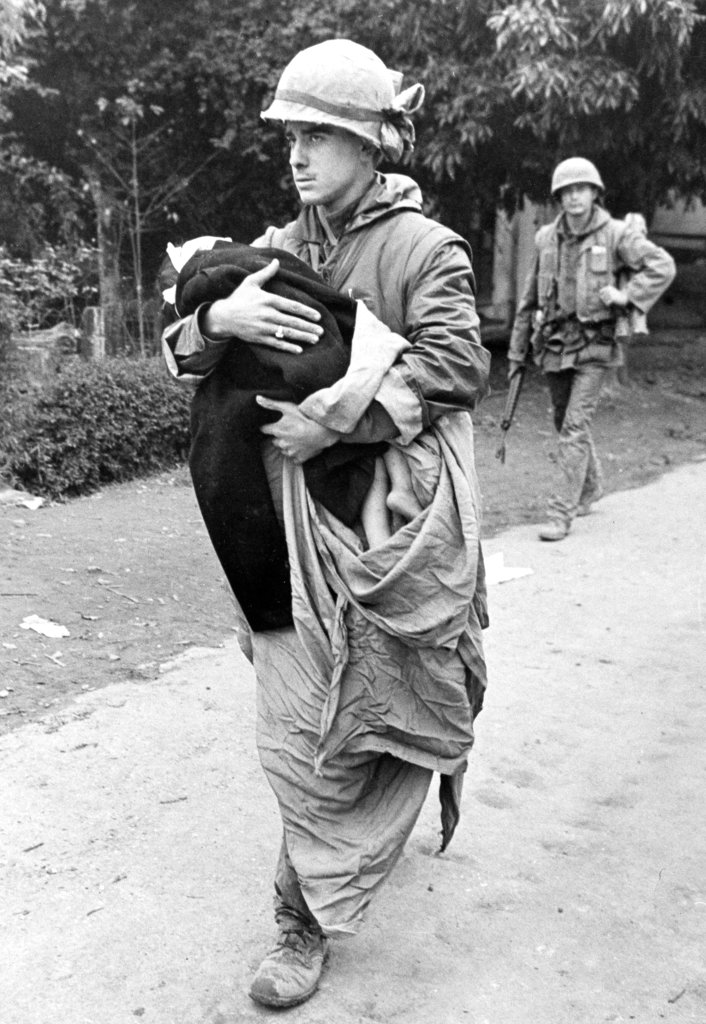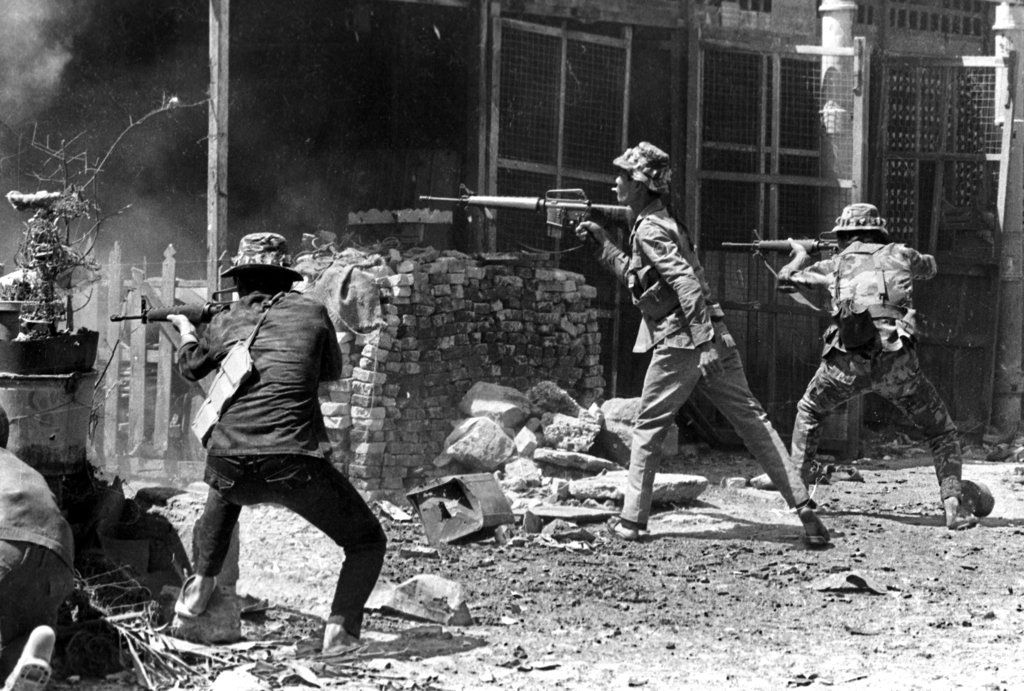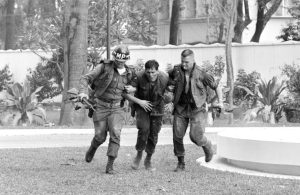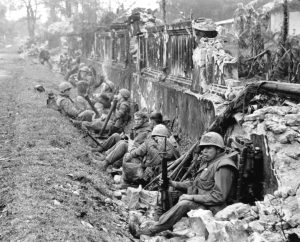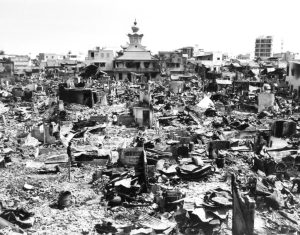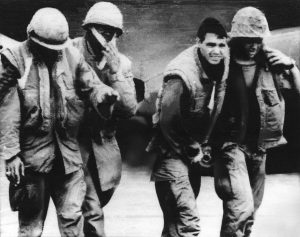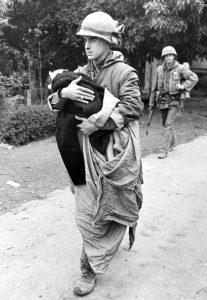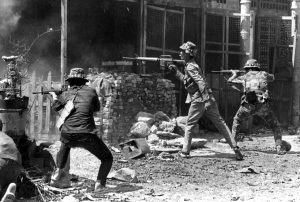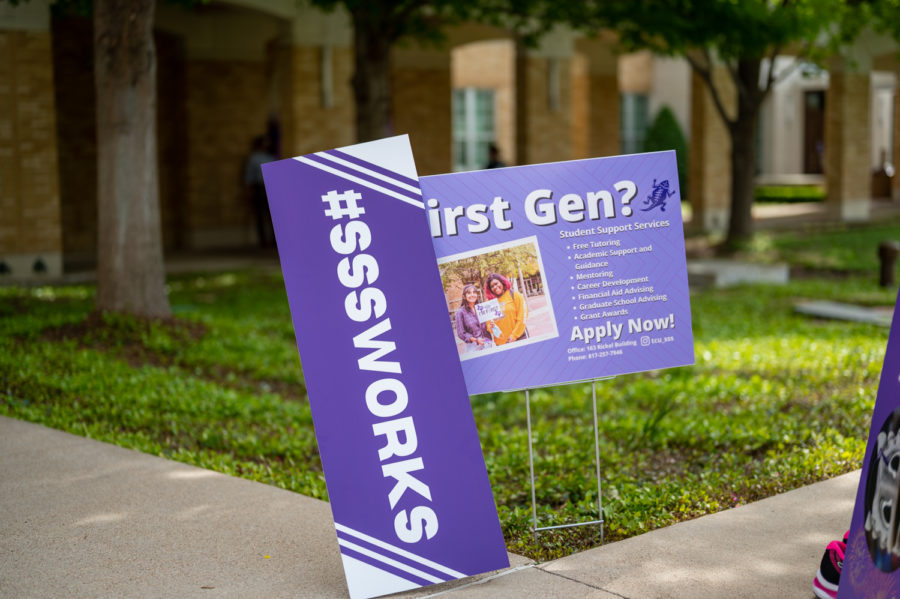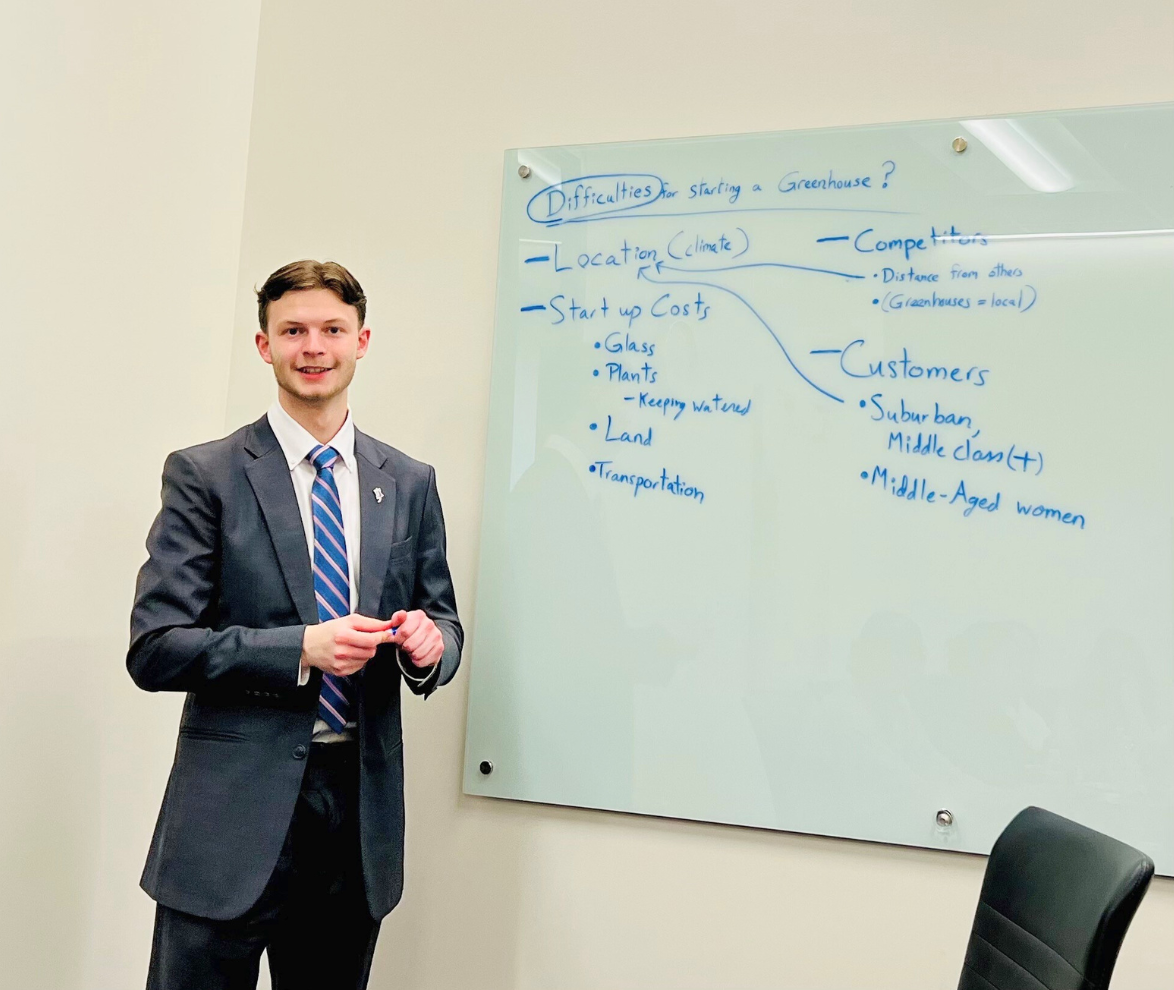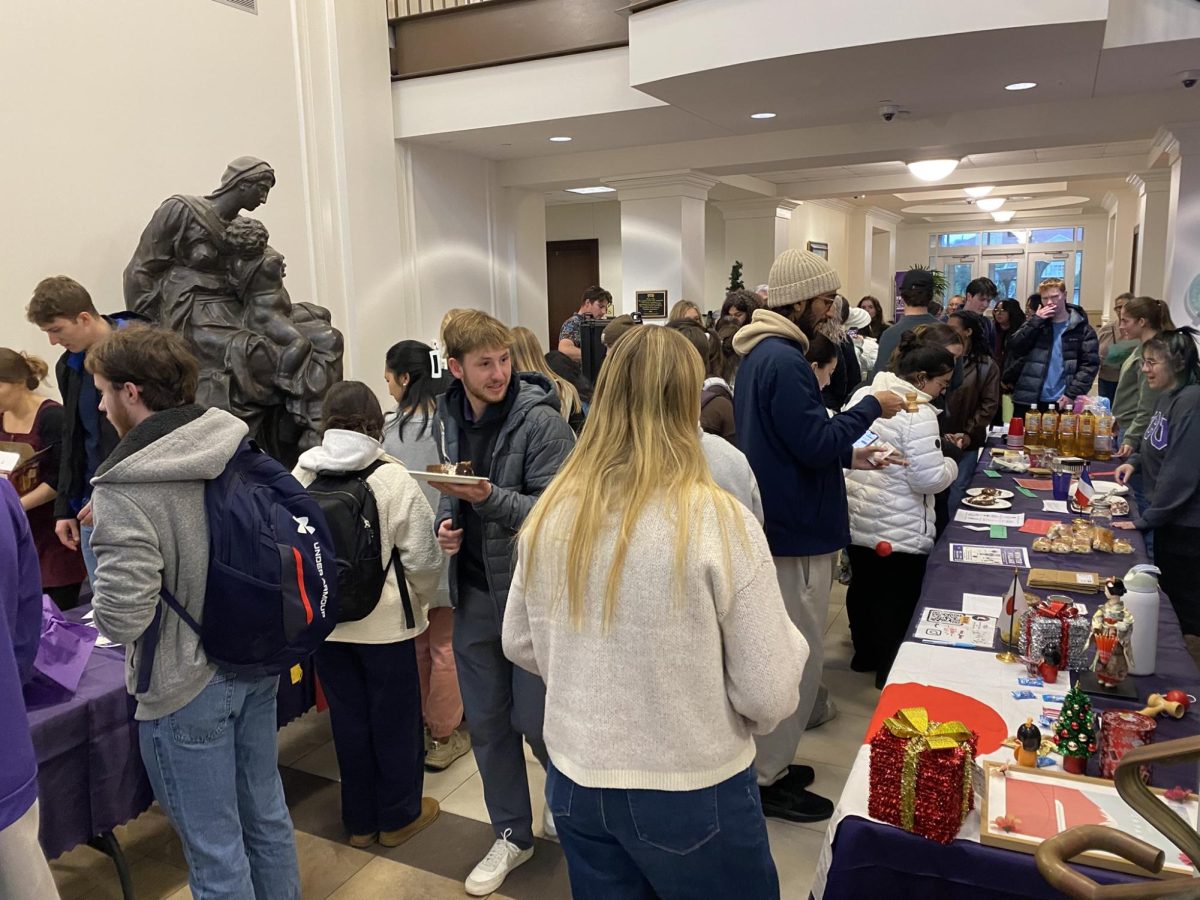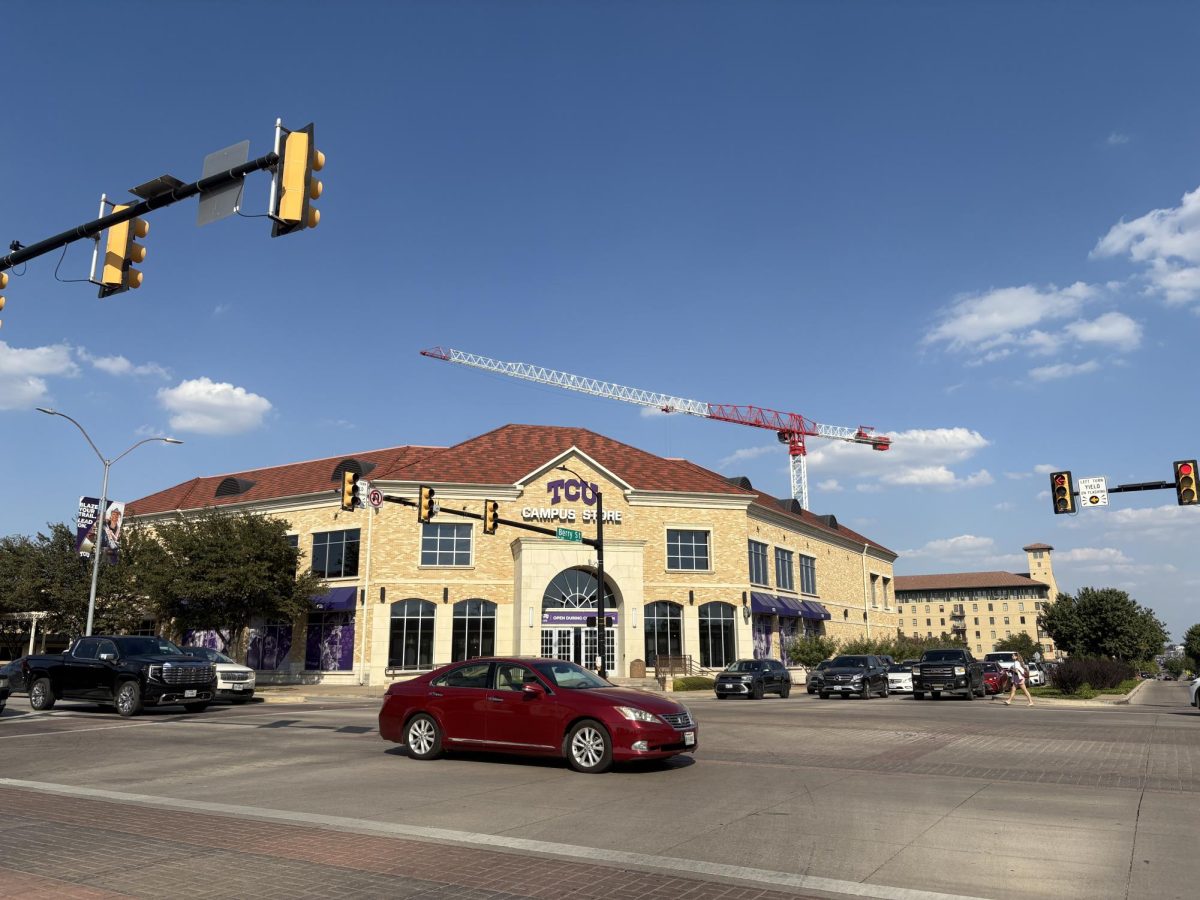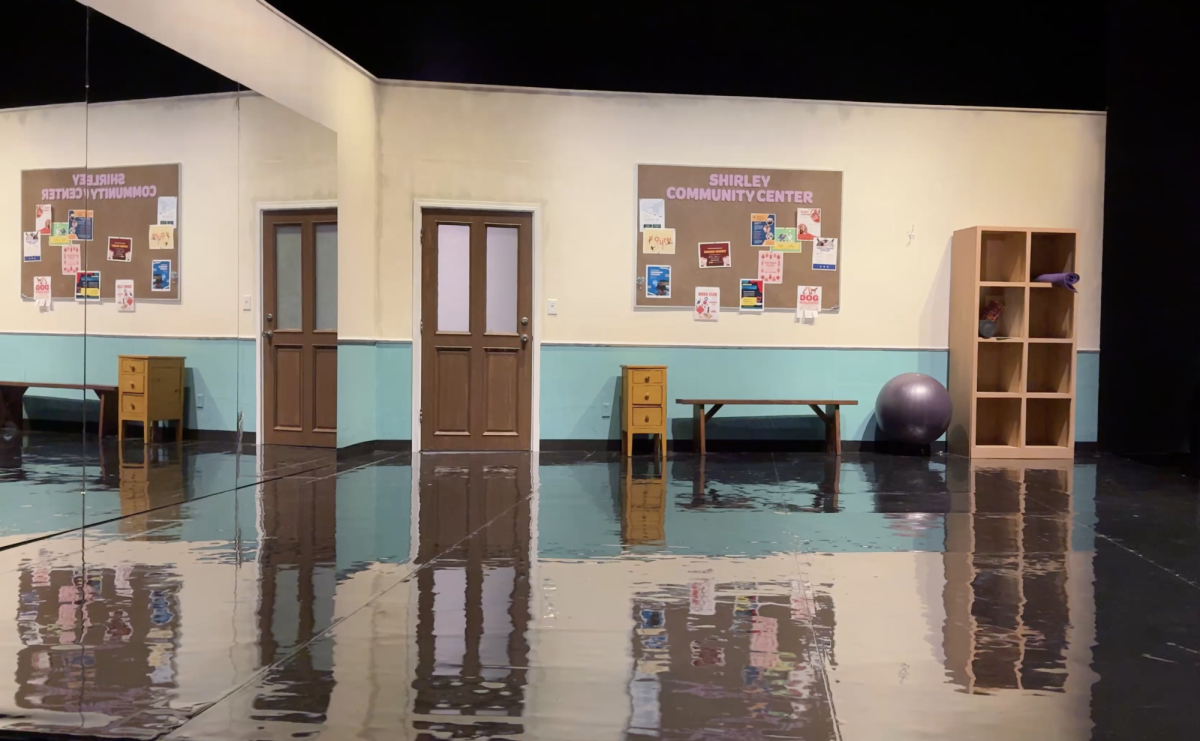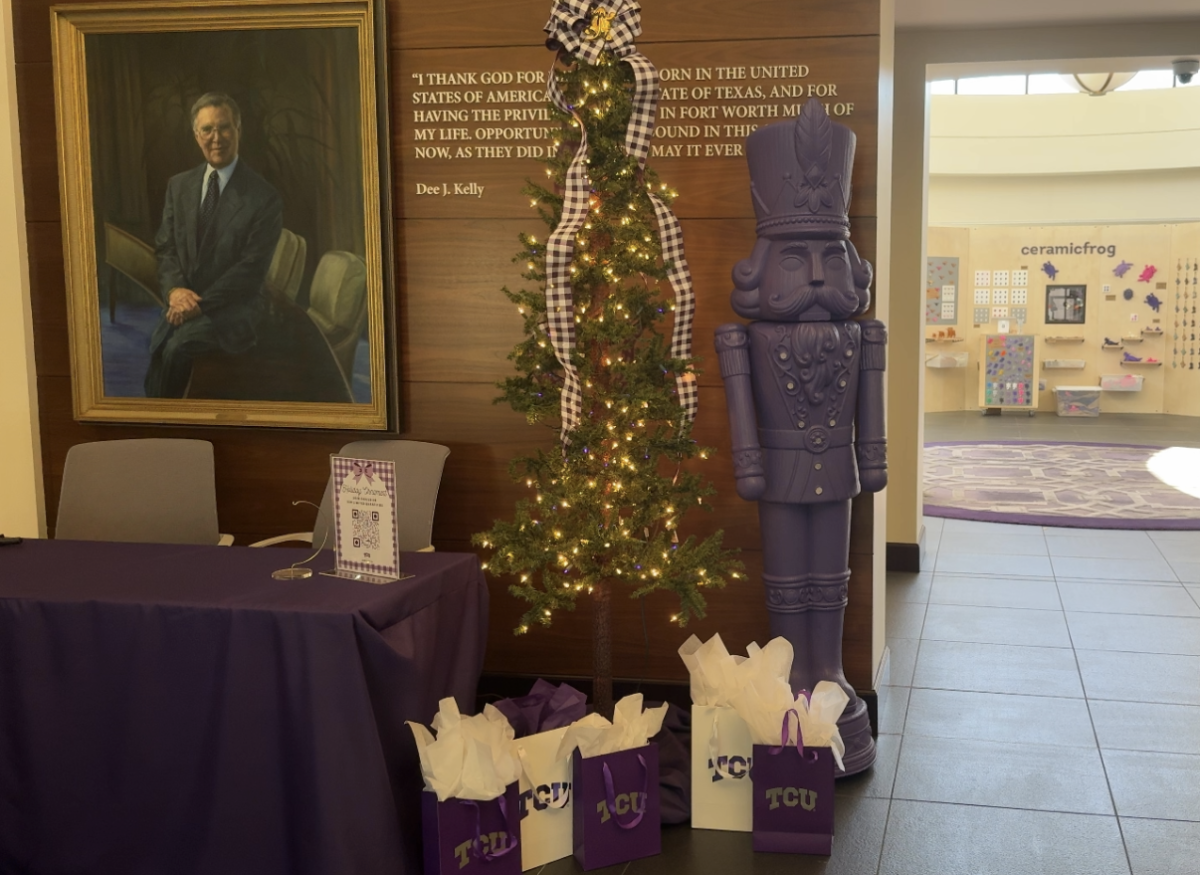April 30 will mark 50 years since the end of the Vietnam War. The consequences and lessons of the war that lasted 19 years are the focus of this year’s LCpl. Benjamin W. Schmidt Symposium on April 3.
Dr. Robert Brigham, the author of “Reckless: Henry Kissinger and the Tragedy of Vietnam,” will lead the discussion on the war that divided a nation.
“Professor Brigham’s lecture at the Schmidt Symposium will take us on a journey through many of the war’s consequences—including its effect on U.S. Marines in the Tet Offensive, everyday Americans’ attempts to reconcile wartime spending with widespread poverty, and postwar efforts to understand what it all meant,” said Dr. Kara Vuic, LCpl. Benjamin W. Schmidt Professor of War, Conflict and Society in 20th-century America.
The Vietnam War spanned four presidencies, each with different approaches. President Lyndon Johnson initially hoped to conduct a limited war, but this was not possible as the war disrupted the daily lives of Americans. The government then instituted a draft, sending troops to Southeast Asia. As the war worsened for America, the Communist Party set forth attacks, known as Tet Offensive, to force Washington to the bargaining table.
Under Nixon’s presidency, he continued the process of “Vietnamization” and increased air war for an American retreat. After a series of deadly bombings targeting North Vietnam’s largest cities, Hanoi and Haiphong, the Thieu-Ky regime in Saigon signed The Paris Peace Agreement with America. The war did not end until 1975 when the Communists captured the presidential palace in Saigon.
Five decades later, more living American citizens served in the Vietnam War than any war since 1995. According to the Census Bureau, the U.S. military personnel who served in Vietnam is 1.29 times greater than the amount of U.S. military personnel in any other conflict.
The 2025 LCpl. Benjamin W. Schmidt Symposium will be on April 3 in the Dee J. Kelly Alumni Center.
-
In this Jan. 31, 1968, file photo, two U.S. military policemen aid a wounded fellow MP during fighting in the U.S. Embassy compound in Saigon, at the beginning of the Tet Offensive. A Viet Cong suicide squad seized control of part of the compound and held it for about six hours before they were killed or captured. As the country celebrated Lunar New Year after midnight on Jan. 31, 1968, communist forces launched a wave of surprise attacks that became known as the Tet Offensive and would change the course of the Vietnam War.
-
In this February, 1968, file photo, a unit of the 1st Battalion, 5th Regiment U.S. Marines, rests alongside a battered wall of Hue’s imperial palace after a battle for the Citadel during the Tet Offensive. The Marines reported heavy casualties in street fighting in the ancient capital city of Vietnam. As the country celebrated Lunar New Year after midnight on Jan. 31, 1968, communist forces launched a wave of surprise attacks that became known as the Tet Offensive and would change the course of the Vietnam War.
-
In this Feb. 5, 1968, file photo, a large section of rubble is all that remains in this one block square area of Saigon after fierce Tet Offensive fighting. Rockets and grenades, combined with fires, laid waste to the area. An Quang Pagoda, location of Viet Cong headquarters during the fighting, is at the top of the photo. As the country celebrated Lunar New Year after midnight on Jan. 31, 1968, communist forces launched a wave of surprise attacks that became known as the Tet Offensive and would change the course of the Vietnam War. (AP Photo/File)
-
In this Feb. 5, 1968, file photo, a blinded U.S. Marine, left, holds his hand out in front of him as he is led by a wounded comrade from his evacuation helicopter that brought them from Hill 861 to the main Marine base at Khe Sanh, South Vietnam. Another wounded leatherneck is helped by a hospital corpsman at right. The Marines were wounded during a 3 1/2-hour assault by North Vietnamese troops. Early on the morning of Jan. 31, 1968, as Vietnamese celebrated the Lunar New Year, or Tet as it is known locally, Communist forces launched a wave of coordinated surprise attacks across South Vietnam. The campaign, one of the largest of the Vietnam War, led to intense fighting and heavy casualties in cities and towns across the South. (AP Photo, File)
-
In this Feb. 17, 1968, file photo, a U.S. Marine carries a blanket-wrapped wounded Vietnamese child from an aid station to an ambulance for evacuation from the Citadel in Hue. The child wandered into Marine lines after he was wounded by American artillery fire directed at Red positions. Early on the morning of Jan. 31, 1968, as Vietnamese celebrated the Lunar New Year, or Tet as it is known locally, Communist forces launched a wave of coordinated surprise attacks across South Vietnam. The campaign, one of the largest of the Vietnam War, led to intense fighting and heavy casualties in cities and towns across the South. (AP Photo, File)
-
In this early 1968, file photo, South Vietnamese forces fire on enemy positions in Saigon during the Tet Offensive. As the country celebrated Lunar New Year after midnight on Jan. 31, 1968, communist forces launched a wave of surprise attacks that became known as the Tet Offensive and would change the course of the Vietnam War. (AP Photo/Nick Ut, File)


